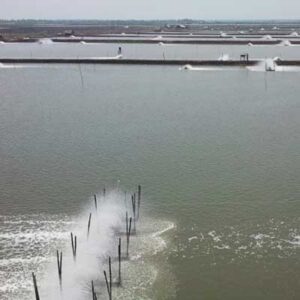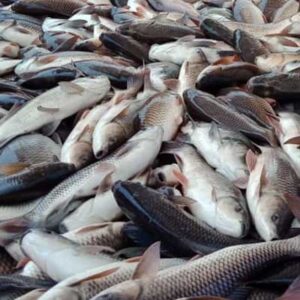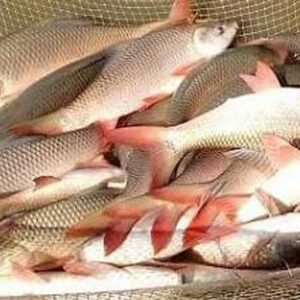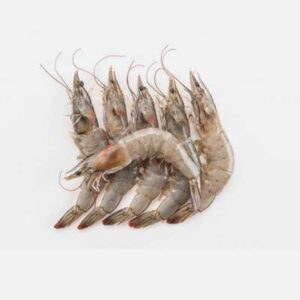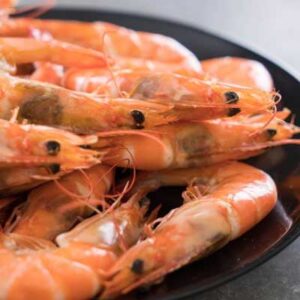Aquaculture is the world´s fastest food production system. Data from World Bank’s Global Program on Fisheries and Aquaculture reveals that aquaculture must grow 75 to 85 percent by 2030 to supply the world’s increasing demand for seafood. In fact, approximately half of global aquaculture production is from species that rely on feed inputs. With the increasing dominance of cultured species the industry is facing several challenges. Profits, quality and environment are the focus areas.
Our experience tells us that businesses with high stocking densities run the risk of proneness to pathogen transmission, water contamination and sediment deterioration.The limited – or even banned – use of antibiotics and disinfectants, broadly used to control pathogens but lately under the spotlight due to the evidence that their use in animal production can lead to the natural emergence of bacterial resistances is yet another area which is getting the attention of aquaculture businesses.
In both industrialized and developing countries, nutrition and feeding, play a critical role in the sustained development of aquaculture, thus particular emphasis is currently being placed on nutritional strategies and their effect on animal health, performance, and environmental integrity. Like some of the most advanced manufacturers of feeds in this space we are also addressing the use of increasingly accessible information on nutrient requirements for each of the species, as well as the use of alternative ingredients. Our teams are also examining the supplementation with natural growth promoters (NGPs). Also termed as non-antibiotic growth promoters, NGPs are feed additives contemplating different categories as salts of organic acids, probiotics, prebiotics, phytogenics or yeasts.

